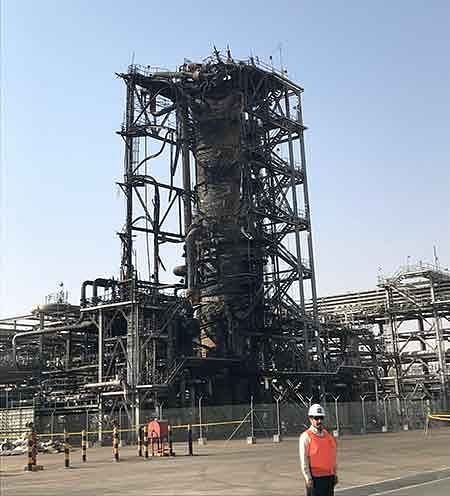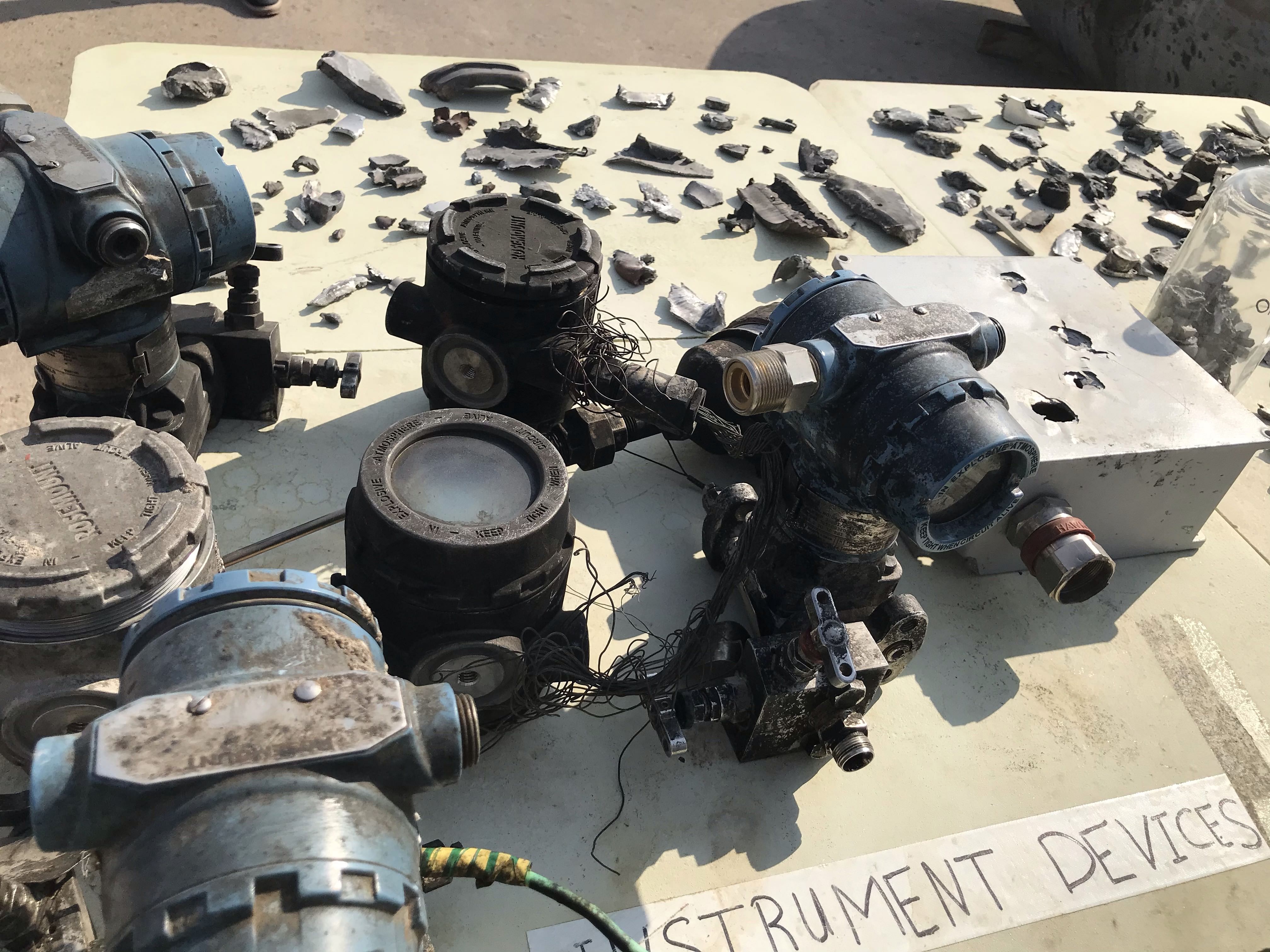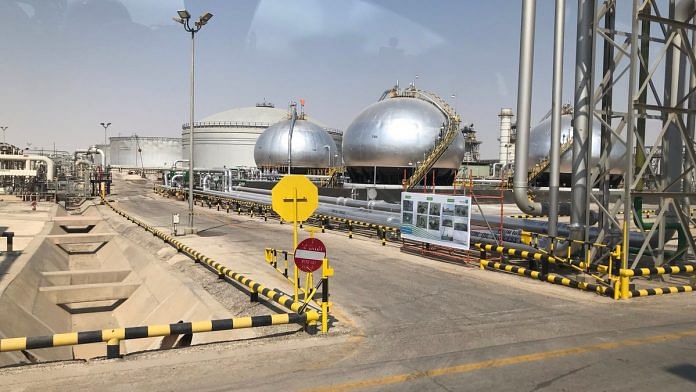Riyadh: Saudi Aramco, the state-owned oil company of Saudi Arabia, has said supply of crude oil to international clients, including India, will not be impacted despite attacks on its two processing facilities in September this year. The firm also remains committed to investing $35 billion in India’s west coast refinery that is set to be constructed in Maharashtra’s Raigad district.
Two of Saudi Aramco’s facilities — at Abqaiq and Khurais — were attacked on 14 September by missiles and drones. While the Kingdom had blamed Iran for the attacks, Tehran has denied any involvement in them.
“Despite the attacks in September, Aramco demonstrated its resilience with our rapid recovery and ability to maintain reliable supplies to our global customers. The company has been able to ensure that not a single shipment to its international customers was cancelled as a result of the attacks,” a senior Saudi Aramco official, who did not wish to be named, told ThePrint.
The Dhahran-based company also confirmed that full production capacity has been restored at Abqaiq and Khurais. Production at Khurais had resumed within 24 hours of the attack, while work began in Abqaiq before the end of September. Officials also said complete restoration was possible by 24 September with the help of a large back-up support.
Khurais and Abqaiq produces 1.2 million and 5 million barrels of crude oil, respectively, every day.

“The prompt restoration of full production at these sites demonstrated our operational resilience and our ability to swiftly and effectively address severe challenges. Saudi Aramco has extensive experience excelling under difficult circumstances, and our emergency response procedures manage and adapt to a wide range of unexpected issues and situations,” the official added.
Some of the damaged parts were, however, destroyed beyond repair and may need to be replaced. A massive stabiliser column within the Khurais oilfield, which helped in stabilisation of freshly extracted crude, had entirely melted from the impact. The entire structure had turned into a tall lump of metal, with twisted grids and severely charred portions.
In Abqaiq again, the spheroids (water-treatment plants) were destroyed in the attack. One such spheroid has been repaired. Stabiliser columns in Abqaiq were destroyed too. While most of them have been repaired, officials said it may take some time before these can be made fully functional.

Also read: India yet to find land for $60-bn oil refinery to be built by Aramco, ADNOC: Saudi minister
Largest ever foreign direct investment in India
Saudi Aramco, which is gearing up to list its shares in the Riyadh stock exchange, has committed to investing $35 billion in India’s west coast refinery. The company’s initial public offering (IPO) is going to be the largest initial stock offering ever. It is also going to be the largest ever foreign direct investment in India.
The west coast refinery project had, however, been facing roadblocks with the land acquisition process getting stuck due to farmer protests.
Saudi Aramco has assured that it “continues to work closely with its partners for the proposed Maharashtra refinery project”. The Saudi-owned company is involved in the project in collaboration with UAE’s Abu Dhabi National Oil Company (ADNOC) – which will have a 50 per cent stake.
The remaining 50 per cent will be shared among a consortium of Indian state-run companies — Indian Oil Corporation, Bharat Petroleum Corporation Limited and Hindustan Petroleum Corporation Limited.
Aramco will also take part in the Strategic Petroleum Reserves (SPR) – emergency crude reserves that India has been building as a buffer against fluctuating oil prices and supply disruptions. The crude inventories are being constructed in underground caverns, on the eastern and western coasts of India – in Visakhapatnam, Mangalore and Padur. The Kingdom has shown interest in developing the Padur SPR, with Saudi Aramco planning to keep 4.6 million barrels there.
The SPRs can hold up to 37 million barrels of oil. India is the third largest consumer of energy and also the third largest importer of crude oil in the world. It is also important to note that demand for petroleum products has been increasing at a CAGR of 5.5 per cent between 2013 and 2017.
(The reporter was in Riyadh as a guest of the Kingdom of Saudi Arabia.)



